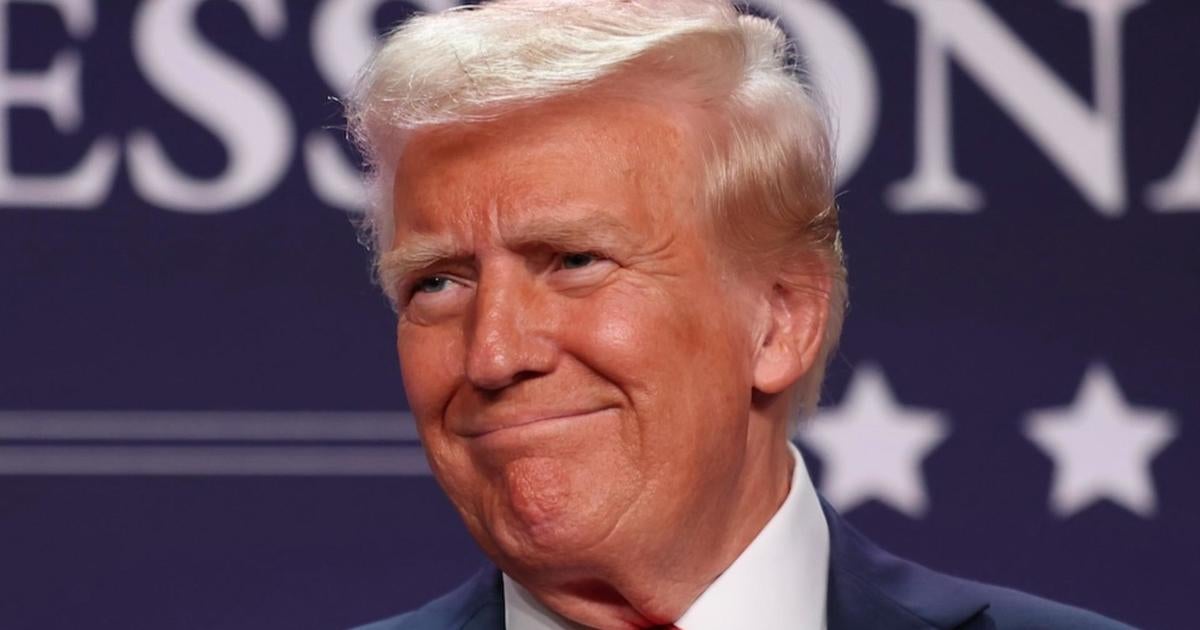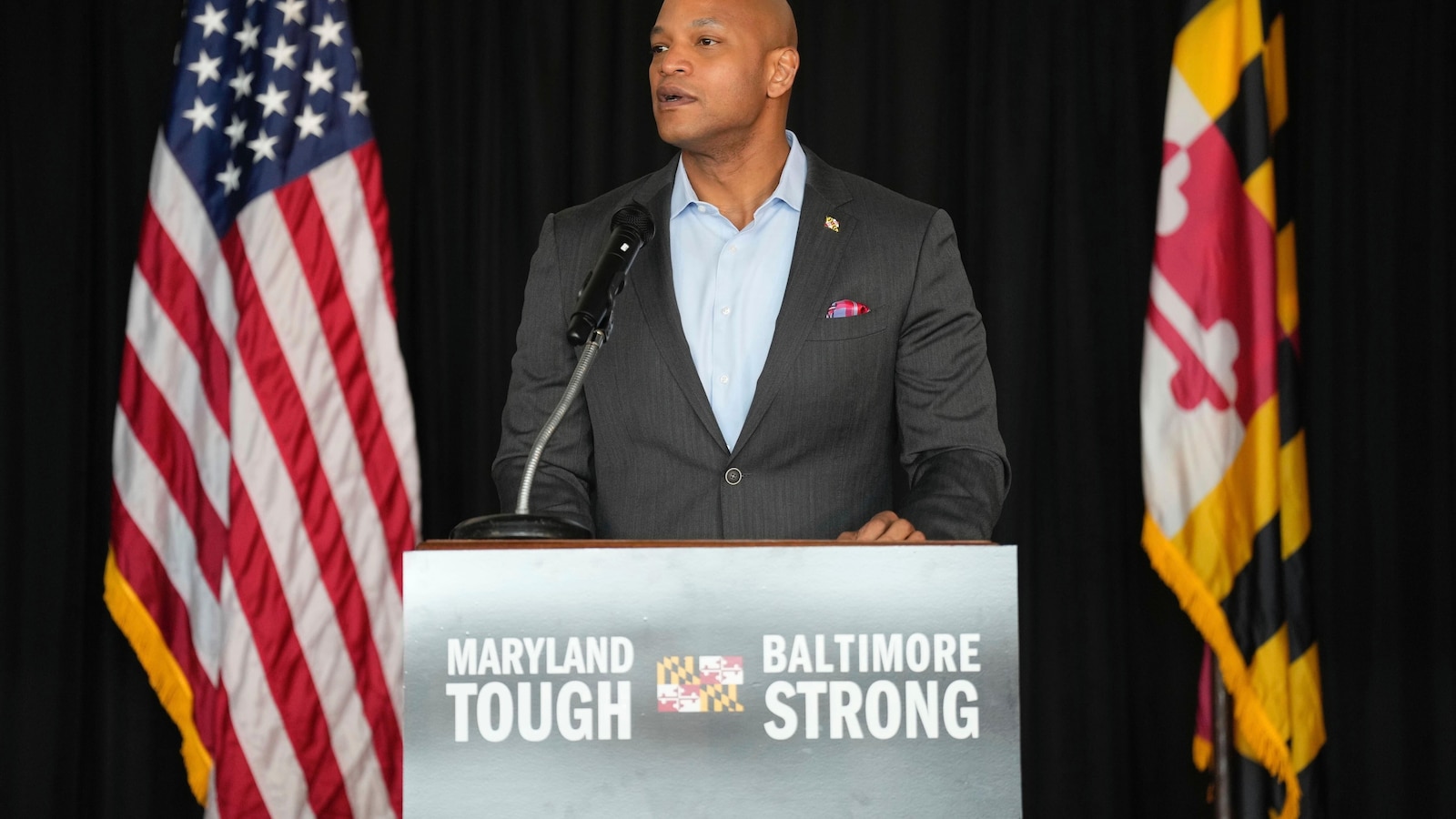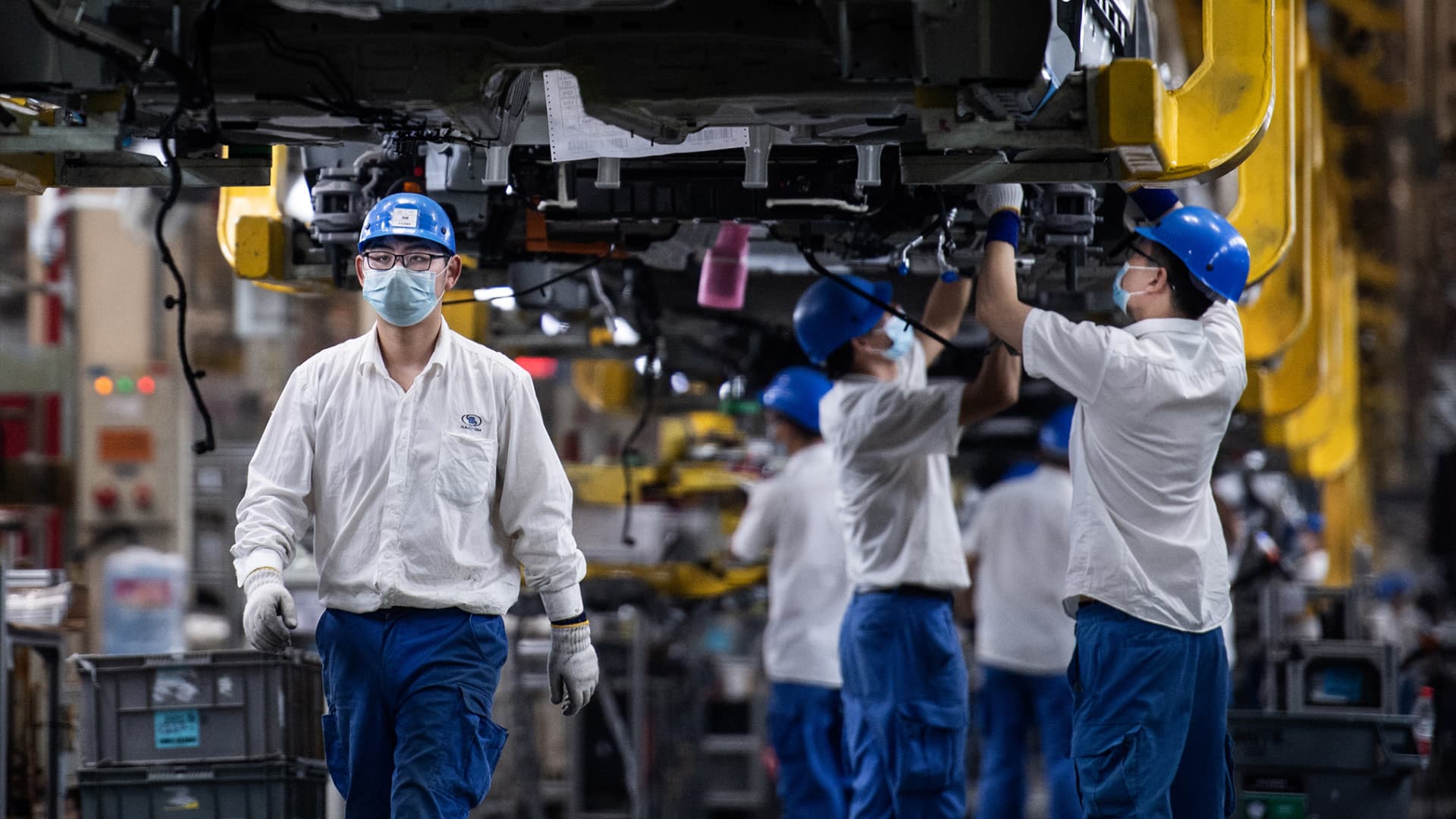Unpacking Trump’s Tariff Claims: Who Really Pays the Price?
As debates over trade policies intensify, the implications of President Trump’s assertion that tariffs act as a tax on foreign nations warrant a deeper exploration. At the heart of this discussion lies the question: who truly bears the burden of these tariffs? To answer this, we need to unravel the complex web of economic relationships influenced by tariff policies, particularly during Trump’s administration. This investigation reveals the multifaceted impact of tariffs on American consumers, businesses, and the economy at large.
The Foundation of Trump’s Tariff Claims
President Trump has consistently argued that tariffs are a way to level the playing field for American manufacturers. He posits that when the U.S. imposes tariffs on imported goods, it penalizes foreign countries, thereby protecting American jobs. However, this assertion simplifies a much more complicated scenario. Tariffs, in essence, are taxes imposed on imported goods, and while they may be aimed at foreign producers, the ultimate cost is often transferred to consumers and businesses within the United States.
When tariffs are implemented, foreign manufacturers may increase their prices to maintain profit margins, and these costs are frequently passed on to American consumers. A 25% tariff on steel, for instance, does not merely affect foreign steel producers; it leads to higher prices for products that rely on steel, such as automobiles and appliances.
The Ripple Effects of Tariffs on Consumers
One of the most immediate and discernible effects of tariffs is felt by consumers. As businesses adjust to the increased costs of imported goods, they often raise their prices. This phenomenon can lead to several consequences:
- Increased Prices: Basic goods become more expensive. For example, the price of washing machines and other appliances surged due to tariffs on imported metals, resulting in consumers paying more for everyday items.
- Reduced Choices: Tariffs can limit the variety of products available in the market. With higher import costs, some companies may choose to reduce their offerings or exit the market altogether.
- Inflationary Pressure: As prices rise, the overall cost of living can increase, contributing to inflation. This can disproportionately affect low-income families, which spend a larger percentage of their income on essential goods.
The Impact on American Businesses
While tariffs are designed to protect American jobs, they can also create significant challenges for U.S. businesses. Companies that rely on imported materials for production may find themselves caught in a bind:
- Increased Production Costs: Tariffs on raw materials mean higher costs for manufacturers. For instance, industries such as automotive and construction, which rely heavily on steel and aluminum, face rising expenses that can erode profit margins.
- Supply Chain Disruption: Businesses often source materials globally. Tariffs can disrupt established supply chains, forcing companies to reevaluate their sourcing strategies, which can be both costly and time-consuming.
- Export Challenges: Retaliatory tariffs imposed by other countries can hurt American companies that export goods. For example, if the U.S. imposes tariffs on Chinese goods, China may respond with tariffs on American agricultural products, impacting farmers and producers.
The Economic Landscape and Long-Term Consequences
The broader economic implications of tariffs extend beyond immediate consumer price increases and business challenges. The long-term consequences can shape the economic landscape in significant ways:
- Trade Wars: Tariffs can lead to trade wars, where countries retaliate against each other, potentially creating a cycle of escalation that harms global trade relations. This can stifle economic growth and create uncertainty in the markets.
- Investment Decisions: Businesses may hesitate to invest in new projects or expansions due to the unpredictability of tariffs, which can hinder innovation and economic progress.
- Global Supply Chains: Companies may seek to shift their supply chains to countries with more favorable trade conditions, leading to changes in global manufacturing patterns and job losses in certain sectors.
Understanding the Political Narrative
Trump’s tariff claims have been a cornerstone of his economic policy, appealing to his base by promising to protect American jobs and revive manufacturing. However, the political narrative often oversimplifies the complexities involved. While the intention behind tariffs may be to support domestic industries, the reality is that the burden often falls on consumers and businesses in unexpected ways.
This narrative is important to unpack because it shapes public perception and influences voter sentiment. Many Americans, particularly those in manufacturing regions, may feel an emotional connection to the idea of protecting jobs. However, as prices rise and choices diminish, the reality of tariffs may lead to disillusionment.
Looking Ahead: The Future of Tariffs in U.S. Trade Policy
As we look to the future, the question remains: what will be the lasting impact of Trump’s tariffs on the U.S. economy? Several factors will influence this outcome:
- Global Trade Dynamics: The evolving relationships between nations, particularly with key trading partners such as China and the European Union, will play a crucial role in determining the effectiveness and longevity of current tariff policies.
- Domestic Economic Recovery: As the U.S. economy continues to recover from the impacts of the COVID-19 pandemic, the focus may shift toward fostering growth and stability, potentially leading to a reevaluation of tariff policies.
- Public Sentiment: Consumer attitudes towards inflation and pricing will also shape the discourse around tariffs. If the public begins to prioritize economic stability over protectionism, policy changes may occur.
Conclusion
In conclusion, unpacking Trump’s tariff claims reveals a complex interplay of economic forces at work. While the intention may be to tax foreign nations and protect American jobs, the reality is that tariffs often lead to higher prices for consumers and challenges for businesses. As the debate over trade policies continues, understanding who truly pays the price for tariffs is essential. It’s a multifaceted issue that requires careful consideration of both short-term and long-term consequences on the American economy and society.
As we navigate the future of trade in a globalized world, it is vital to prioritize policies that foster sustainable growth, encourage innovation, and ultimately lead to a more prosperous economic landscape for all Americans.
See more CCTV News Daily


